Previous
The Afro-Italian chocolate factory


Your dream house is one step away from you.
Subscribe to our newsletter and get 10% off orders of at least 100€!
Enjoy it and don’t miss out on our offers and updates.


Here, there are narrow streets which remind you of typical Ligurian alleys and a spacious seafront promenade. There’s also an old town centre which recalls the city of Turin, or perhaps it’s the other way around. Its outline is defined by the geometry of the tall bourgeois buildings of the late nineteenth century – in the midst of stucco work and Art Nouveau motifs, there are only sharp angles: thirty, forty five and ninety degrees.
Once upon a time, there was also a train which linked the city to the Italian valleys on the other side of the border. The train went through the famous helicoid-shaped galleries, climbing up the Maritime Alps then gliding slowly along the shores of the Côte d'Azur. Until it got to Nice, or Nissa for the old Italian-speaking population.
As soon as you set foot outside, you are wafted along by a fragrant perfume. This scent is both mild and sweet, and it’ll take you to the nearest boulangerie. You’ll stand in a queue for a little while – there are always customers in a self-respecting boulangerie – but you can take away two croissants au beurre and a pain au chocolat for a few pennies. In certain shops you can even sit down and have a coffee. Perhaps, you might find someone from Piedmont: they can’t resist the buttery pastry of French bakers.
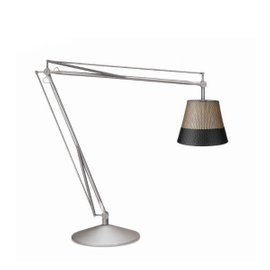
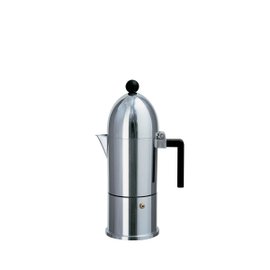
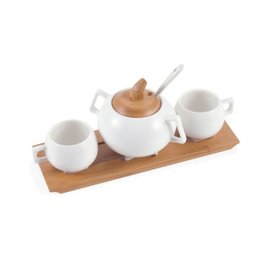
Now you can make your way to the old town. The newsagents along the street have freshly printed newspapers, in whatever language you wish and from whatever country. But your destination is where the most curious people go: the Cours Saleya market square. There’s a different market at least every day. From the marché aux fleurs, the daily flower market, to one with antique postcards which is on the fourth Saturday of every month, to my favourite: the antiques market on Mondays.
You realise it’s time for lunch because the bistrot tables are getting crowded. You’ve lost your bearings in the alleys of the old town centre around the Cours Saleya, between stalls for tourists and small local bookshops. You’ve bought two novels by Yasmina Reza. Now, it’s time to have a bite to eat, something simple, just to sate your hunger while you walk around: the best thing you could do in town.
There are bistrots all along the pedestrian areas. Or you could go back to a boulangerie in quest of three treasures: order a socca to learn how they make their farinata (a pancake made with chickpea flour) in Nice; go for a flavoursome pissaladière, a type of focaccia stuffed with onions, anchovies, garlic and olives; or perhaps order with its correct name that large sandwich filled with the same ingredients as a salade niçoise, which you can see behind the shop window and which is called pan bagnat.
The breeze of the Bay of the Angels comes as a relief, even during summer. A stroll on the seafront promenade, which the British expat community built two centuries ago to cross the river that flows there, and which is still called the Promenade des Anglais to this day.
You can leaf through a newspaper or read your book surrounded by people skating or cycling on the cycle-path, or you can sit down on the pebbles of the extremely popular public beaches. The Grand Hotel Negresco is in the background, and in its Royal Lounge a spectacular Baccarat chandelier with over sixteen thousand crystal pendants takes centre stage.

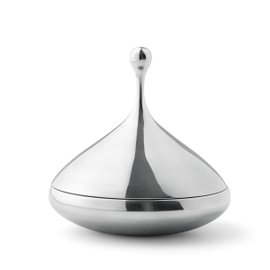
Commissioned by the Tzar Nicholas II, the chandelier wasn’t delivered to him because in the meantime the October Revolution broke out. Exactly a century ago, Nice and the rest of the Côte d'Azur were safe destinations for Russian aristocrats who had fallen on hard times – and they exchanged their store of precious stones and various other objects for their upkeep.
It’s time to go back towards the Vieux-Nice, strolling through the place Massena and the boulevard Jaurès, between the shops of the tree-lined streets and shop windows of the Galeries Lafayette. In the background rises the green hill where the castle once was – don’t go up the hill to find it as it has been demolished – it hides the old port and another part of the town, which we can explore tomorrow morning.
For the time being, you can end the hunt for the perfect outdoor cafe in one of the tiny squares crowded with tourists, enjoy a glass of Pastis and chat outside until dinner time.
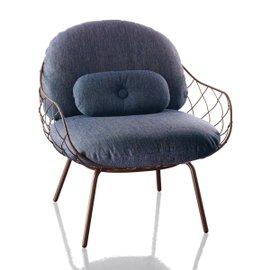
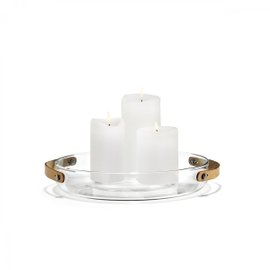
Flos
Philippe Starck
Outdoor
Dining
Alessi
Aldo Rossi
Brandani
Lighting
Menu
Louise Christ
Home Accessories
Gifts
Magis
Jaime Hayon
Christmas
Holmegaard

 Back to
Back to
Size*
Quantity*




